Fast Facts
- When: 31st May & 1st June 2024
- Where: Epsom Downs Racecourse, Surrey, KT18 5LQ
- Watch: Most races live on ITV
- Official Website: Epsom Derby
The Epsom Festival is one of the most popular race meetings in the UK and also celebrates some of the biggest horse races in the country. The festival is held over two days at the famous Epsom Downs Racecourse in Surrey and features two iconic races – the Epsom Derby and the Epsom Oaks. These are the third and fourth of Britain’s five annual Classic Races, open to three-year-old thoroughbreds.
The Derby makes up the middle leg of the illusive Triple Crown, between the 2000 Guineas and the St. Ledger Stakes, last won by the great Nijinsky with Lester Piggott in 1970.
It’s these two Epsom Classics and the other big races that we will focus on here.
Existing Customer Free Bets & Money Back Offers
Note: Offers will appear here nearer the event as and when they become available.
Stats Articles
- Which Horses Have Won the Triple Crown of Flat Racing in the UK?
- Horses That Have Won Multiple British Classics: Has any Horse Ever Won All Five?
Event Stats
Derby Winners – 2014 to 2023
| Year | Winner | Jockey | Trainer |
|---|---|---|---|
| 2023 | Auguste Rodin | Ryan Moore | Aidan O’Brien |
| 2022 | Desert Crown | Richard Kingscote | Sir Michael Stoute |
| 2021 | Adayar | Adam Kirby | Charlie Appleby |
| 2020 | Serpentine | Emmet McNamara | Aidan O’Brien |
| 2019 | Anthony Van Dyck | Seamie Heffernan | Aidan O’Brien |
| 2018 | Masar | William Buick | Charlie Apleby |
| 2017 | Wings Of Eagles | Padraig Beggy | Aidan O’Brien |
| 2016 | Harzand | Pat Smullen | Dermot Weld |
| 2015 | Golden Horn | Frankie Dettori | John Gosden |
| 2014 | Australia | Joseph O’Brien | Aidan O’Brien |
Oaks Winners – 2014 to 2023
| Year | Winner | Jockey | Trainer |
|---|---|---|---|
| 2023 | Soul Sister | Frankie Dettori | John & Thady Gosden |
| 2022 | Tuesday | Ryan Moore | Aidan O’Brien |
| 2021 | Snowfall | Frankie Dettori | Aidan O’Brien |
| 2020 | Love | Ryan Moore | Aidan O’Brien |
| 2019 | Anapurna | Frankie Dettori | John Gosden |
| 2018 | Forever Together | Donnacha O’Brien | Aidan O’Brien |
| 2017 | Enable | Frankie Dettori | John Gosden |
| 2016 | Minding | Ryan Moore | Aidan O’Brien |
| 2015 | Qualify | Colm O’Donoghue | Aidan O’Brien |
| 2014 | Taghrooda | Paul Hanagan | John Gosden |
Schedule
Oaks Day – Friday 31st June 2024
- 2:00pm – The British EBF Woodcote Stakes
- 2:35pm – The World Pool Handicap Stakes
- 3:10pm – The Dahlbury Coronation Cup (Group 1)
- 3:45pm – The Handicap Stakes
- 4:30pm – The Oaks (Group 1)
- 5:10pm – The Poundland Surrey Stakes (Listed)
- 5:40pm – The Derby Festival Handicap Stakes
Derby Day – Saturday 1st June 2024
- 2:00pm – The Handicap Stakes
- 2:35pm – The Princess Elizabeth Stakes (Group 3)
- 3:10pm – The Diomed Stakes (Group 3)
- 3:45pm – The Simpex Express ‘Dash’ Handicap Stakes
- 4:30pm – The Derby (Group 1)
- 5:15pm – The World Pool Northern Dancer Handicap
- 5:45pm – The JRA Tokyo Trophy Handicap Stakes
All race times and titles are subject to change.
About The Epsom Festival (Derby & Oaks)
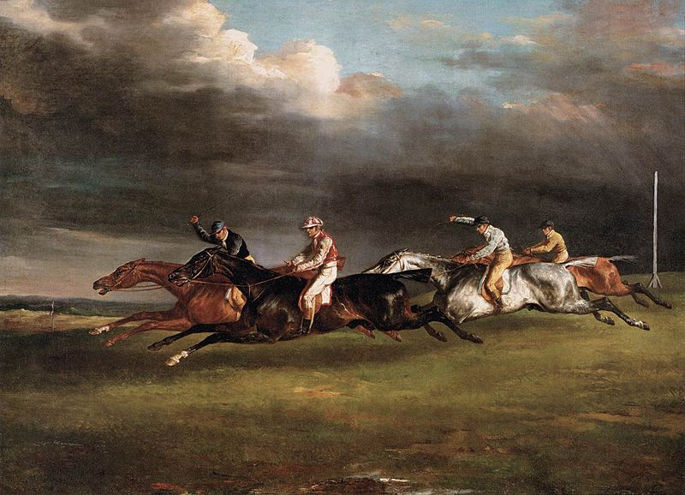
The Epsom Festival is one of the most prestigious horse racing meetings that the UK has to offer. It includes two massive races in the form of the Derby and the Oaks and whilst we are going to talk more about these races later in the article, they are an important part of the jigsaw when it comes to understand why Epsom is viewed with such respect by the horse racing community.
Epsom Racecourse is actually an area of chalk land situated just outside of Surrey. The land was purchased by Stanley Wootton in 1925 in an attempt to create an area where racehorses could train and race within a more private setting. Yet the link between the area and horse racing predates that by hundreds of years. A burial list from the local area noted in 1625 that someone had fallen from their horse in a race and broken their neck.
The diary of Samuel Pepys, written in 1663, mentioned Epsom races and it’s believed that King Charles II attended the course, lending credence to the notion that people have been watching organised races on Epsom Downs for more than three hundred and fifty years. Indeed, by the 1730s the course was used as a venue for race meetings twice a year.
The History of the Epsom Oaks
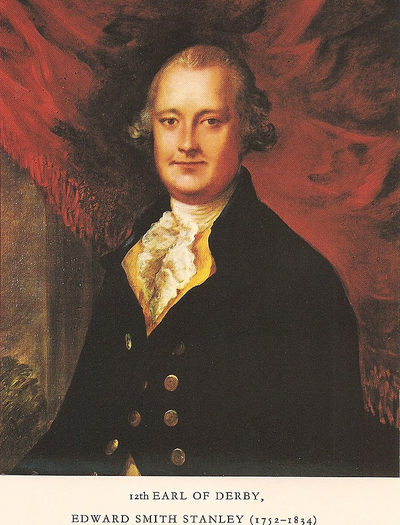
The twelfth Earl of Derby, Edward Smith-Stanley, began a race for him and his friends in 1779 in order to find out who owned the best three-year-old filly. He leased an estate close to Epsom called The Oaks, so he named his new race in its honour. So, The Oaks was actually started before The Derby, in spite of the fact that the latter race has since gone on to be seen as the more important of the two by the racing world. The inaugural winner of The Oaks was a horse named Bridget, owned by Lord Derby.
In terms of the five British Classics, only the St. Leger is older. The Oaks is the third of them in order through the year and is one of only two that is open to fillies alone. The Oaks is the middle leg of the Fillies’ Triple Crown, with the 1000 Guineas coming earlier in the season and the St Leger later.
It didn’t take long for the event to become one of the most respected events for three-year-olds, with other countries soon forming their own versions of the fillies only race. Some of these are The Irish Oaks, The Preis der Diana in Germany and The Oaks d’Italia.
There have been numerous fluctuations in the amount of weight carried by horses over the years. Originally it stood at eight stone and four pounds before losing the four pounds, whilst nowadays it’s set at nine stone flat. When the First and Second World Wars were in full flow, the race took place at Newmarket under the moniker of The New Oak Stakes, meaning that it hasn’t always been at Epsom. In 2014 it was decided that the name of Henry Cecil, who trained right winners of the race during his career, would be added to its official title.
The History of the Epsom Derby
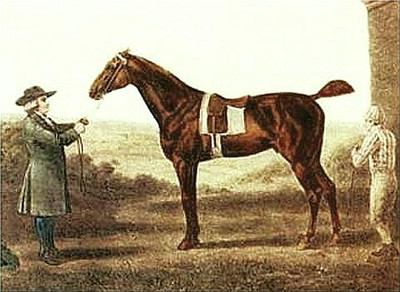
As The Oaks race was an immediate hit, the following year it was decided that another race for colts and fillies should be run.
The head of the Jockey Club at the time was a man named Sir Charles Bunbury and legend has it that the name of the new race was going to be given in honour to either him or the Early of Derby. The suggestion is that a coin was tossed to decide who’s name should be given to the race. It’s more likely that Banbury simply deferred to his host and insisted that the race be called The Derby, but that story’s not as fun!
The race began life as being an event ran over one mile, but a new part of the course was added in 1784 known as the Tattenham Corner, which extended it to its current length and also added a degree more difficulty to the races. Both races were immensely popular with the visiting public and were soon seen as the true test of a three-year-old horse.
Despite the race being named after him, Lord Derby didn’t actually have a winner in the race until Sir Peter Teazle won it in 1787. In those days the race was run in late May or Early June depending on Easter, taking place on a Thursday. It was shifted to a Wednesday in 1838 in order to accommodate, of all things, the train timetable.
From 1900 until 1995 The Derby was run on the first Wednesday of June, with the exception of during the two World Wars. In 1995 it shifted to the first Saturday or June and it’s been hosted on that day ever since. As with The Oaks, The Derby took place at Newmarket during both World Wars and was called The New Derby.
The Derby takes place over one mile, four furlongs and six yards. It is the most respected of the five Classics of British horse racing and is the middle leg of the Triple Crown. The 2000 Guineas comes before it and the St. Leger comes after, though few horses are actually sent out to win all three nowadays. As with The Oaks, The Derby has led to countries all over the world running their own version of the event. Some of these are:
- Italy’s Derby Italiano
- The Deutsches Derby in Germany
- The Irish Derby
- France’s Prix du Jockey Club
- The Tokyo Yūshun
The race has also led to many races around the world being given the title ‘Derby’ simply because of how well respected it is. Examples of such races include the Kentucky Derby, the Australian Derby and the New Zealand Derby.
The History of the Epsom Festival
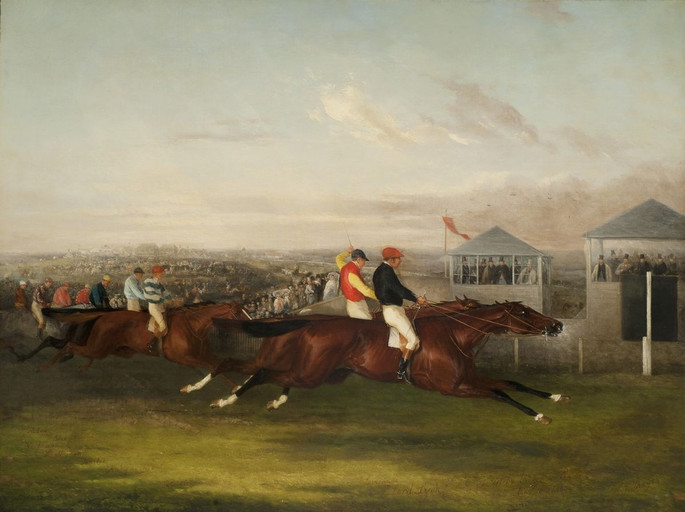
When it comes to taking about the Festival, it’s important to differentiate between the meeting itself and the races that are run over the course of it. The Derby has been run since 1780, for example, making it one of the oldest horse races still running. We also know that The Derby has always taken place in early June, at exactly the same time as the Epsom Festival. You could say, therefore, that they Festival dates back to 1790, yet the moment that it began in its current form isn’t known clearly.
Unlike the Cheltenham Festival, for example, which boasts a number of much-loved races and has been taking place for years in its current form, the Epsom Festival isn’t a celebration of racing so much as it is a moment of exultation of the two main races that occur over the course of the two days. For that reason, the history of the Festival is inextricably linked to the history of the two chief races.
About the Epsom Downs Racecourse
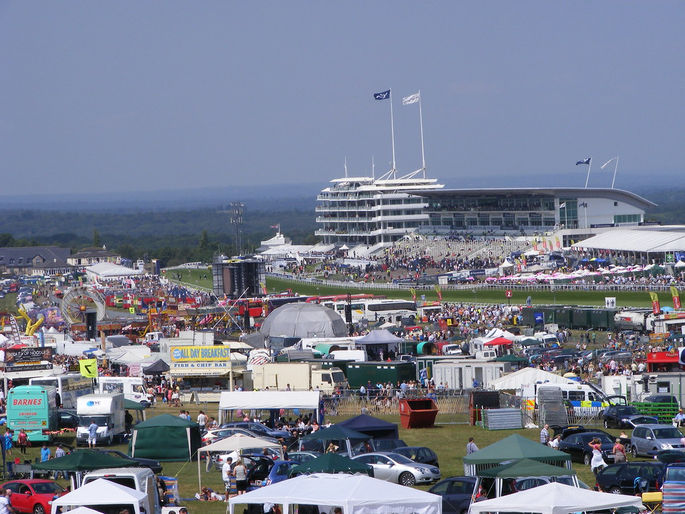
Situated between Epsom, Tadworth and Langley Vale, the racecourse can be viewed from the Downs as mentioned earlier. That meant for a time that The Derby was one off the most attended sporting events in the country. The Derby offers horses a stern test, especially for those that are more used to shorter distances like The Guineas Stakes that are run over just a mile.
The course itself has an interesting feature that isn’t usual for most racecourses; rather than being an oval circuit, it’s actually more like a U shape. If a race is only five, six or seven furlongs in length then there are chutes off the side where the horses start. There’s an ascent in the middle of the course before the home stretch which lasts for half a mile and is downhill. There is a quick ascent right at the last moment that has caught many horses out in the past.
These days the course is easily capable of holding over one hundred and twenty thousand people, making it one of the largest racecourses in UK. Even with it’s great size, however, The Downs at Epsom have managed to remain a real hot spot for wildlife and nature lovers, offering up a picturesque setting for racegoers.
Throughout the years there have been many upgrades and extensions to make the racecourse what it is today. One of the more recent expansions has been that of the Duchess’s Stand in 2009 increasing the course’s capacity by 11,000 at a cost of over £23.5million. It took the overall capacity to the one hundred and thirty thousand, as long you take into account the number of people who can watch the racing from the Epsom Downs.
The area of Epsom Downs is also home to the country’s third largest training facility, which is managed by the Epsom Trainers Society. Epsom Downs Station and Tattenham Corner Railway Station are the two public transport hubs in the area, with the latter being where the Queen climbs down from the British Royal Train when she arrives to watch the Epsom Festival.
The Modern-Day Format of the Festival
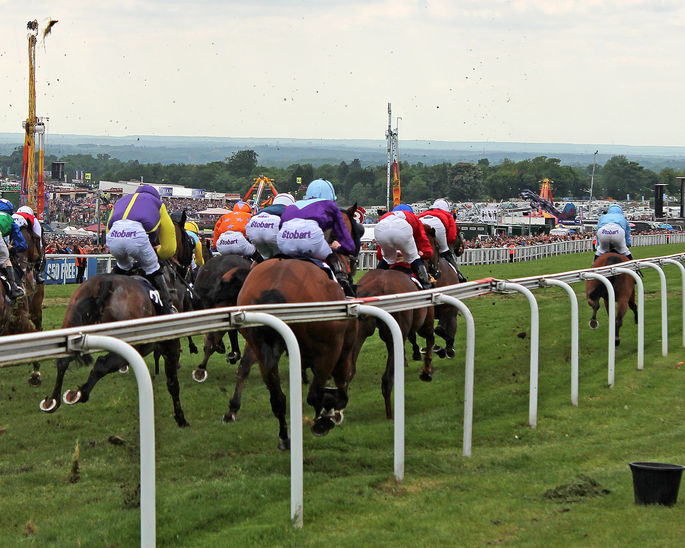
The Epsom Festival takes place over two days, Friday and Saturday, with both jam-packed with headline horses, jockeys, trainers and of course, the races.
The Friday is commonly referred to as Ladies Day and this is a chance for everyone to get dressed up and enjoy some cracking races. The highlight of the day’s racing is of course the Group 1 Epsom Oaks. The purse for the race has reached a staggering £550,000 in recent years and bookmakers reckon that this race is well within the top ten grossing races in the UK each year.
Friday’s racing also includes another Group 1 race in the form of the Coronation Cup. Ran over the same one mile four furlong track as The Derby and The Oaks, the prize pool of around £445,000 proves that this race is right up there with the best, even if it doesn’t quite hit the dizzying heights of the two Classics. There is also the Listed Surrey Stakes.
The Saturday is what the Epsom Festival is all about, and this is for one reason: The Derby. The Derby brings in some of the best horses from throughout the racing world. The purse for the race is usually around the £1.6 million mark making it one of the richest of its kind. The one mile four furlong track has seen some of the highest rated horses ever run on it and win, such as Sea the Stars, Golden Horn, Workforce, Sir Percy, High-Rise and Authorized, to name but a few.
The same day also features the Princess Elizabeth Stakes, the Diomed Stakes and the Epsom Dash Handicap.
For the 2019 Festival, Epsom Racecourse paid tribute to one of the all-time racing greats in Lester Piggott by unveiling a life-size bronze statue of the Englishman. The 11-time British flat racing Champion Jockey enjoyed plenty of success at the course including a combined 15 wins in the Oaks and the Derby.
Interesting Facts

Both The Derby and The Oaks have some great facts to accompany them, so for the purposes of clarity we’ll split them up into the two races:
Derby Facts
- In 2014 Aiden O’Brien became the first trainer to train three consecutive winners of the race
- Two years prior to that he’d became part of the first father-son trainer-jockey winning combination
- Lester Piggott is the most successful jockey to have ever won The Derby, doing so on nine separate occasions from 1954 to 1983
- Aidan O’Brien has won the race a record nine times as a trainer
- Joint owners Sue Magnier and Michael Tabor boast ten wins in The Derby
- The fastest winning time in the Epsom race is two minutes and thirty-one seconds, achieved by Workhorse in 2010
- The infamous horse Shergar won the race by ten lengths in 1981, the widest winning margin
- Three horses have won the race with odds of 100/1: Jeddah in 1898, Signorinetta in 1908 and Aboyeur in 1913
- You’d rather have won your bet with one of those horses than with Lada; the horse had the shortest odds of any winner when it came home at 2/9 in 1894
- The most runners to take part in the race was the 34 of 1862
- The fewest runners were the four that entered the race in 1794
- Suffragette Emily Davison died after throwing herself in front of King George V’s horse in The Derby in 1913
Oaks Facts
- Frank Buckle has won the race more than any other jockey thanks to his nine wins between 1797 and 1823
- Robert Robson is the runaway trainer in The Oaks thanks to his thirteen wins
- Sue Magnier has achieved nine wins in the race, setting the record for owners ahead of the 4th Duke of Grafton with six
- The 2 minutes and 34.06 seconds that Love took to finish the race in 2020 is a record for The Oaks
- The widest winning margin so far is sixteen lengths, achieved by Snowfall in 2021
- Qualify in 2015, Vespa in 1833 and Jet Sky Lady in 1991 won the race with odds of 50/1; the longest to date of any Oaks winner
- The record for the shortest odds is held by Pretty Polly, who won the event in 1904 with odds of 8/100
- The most runners ever to go off in The Oaks is the twenty-six that took part in the race in 1848
- Only four horses raced in The Oaks in both 1799 and 1904
